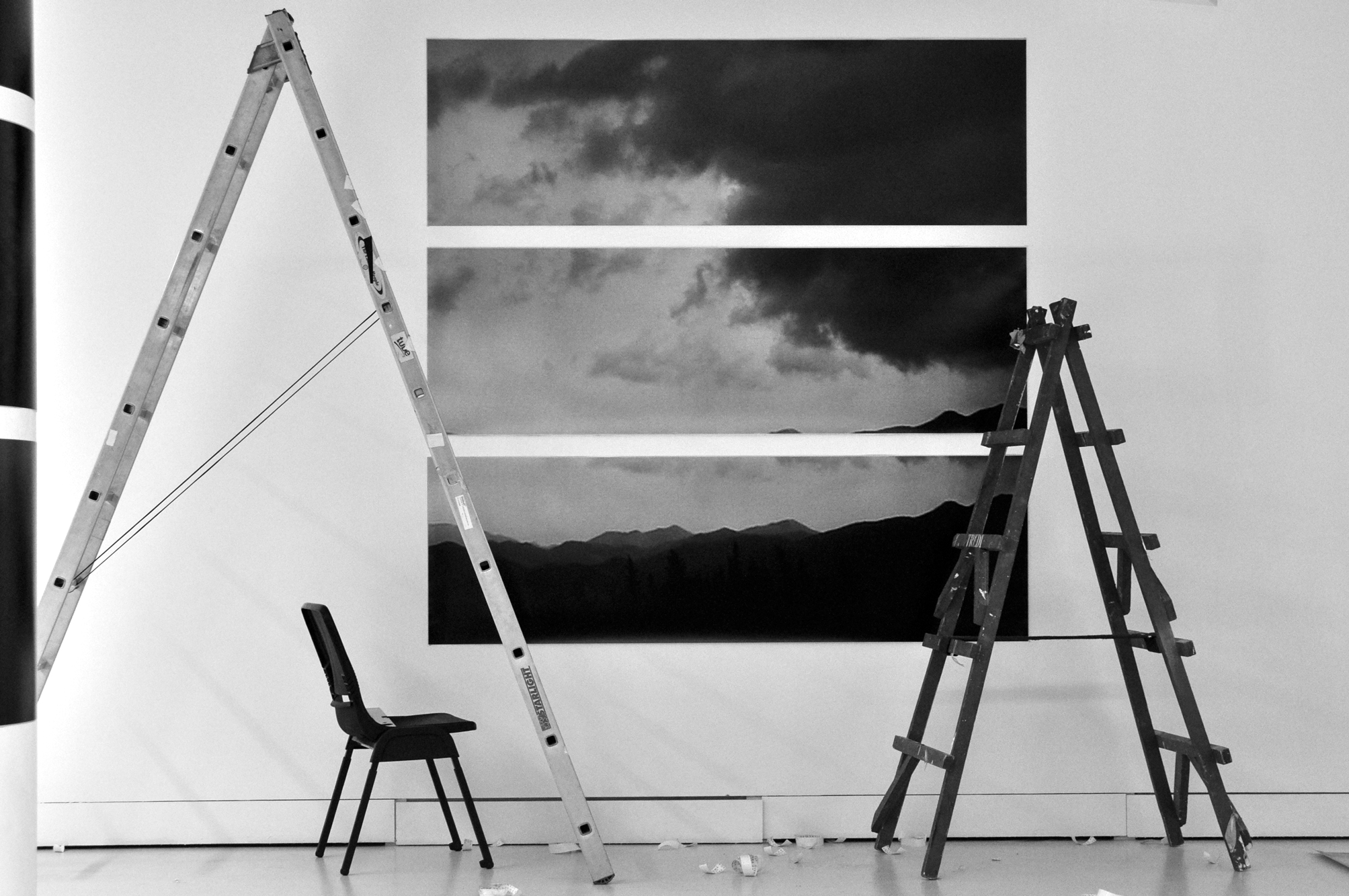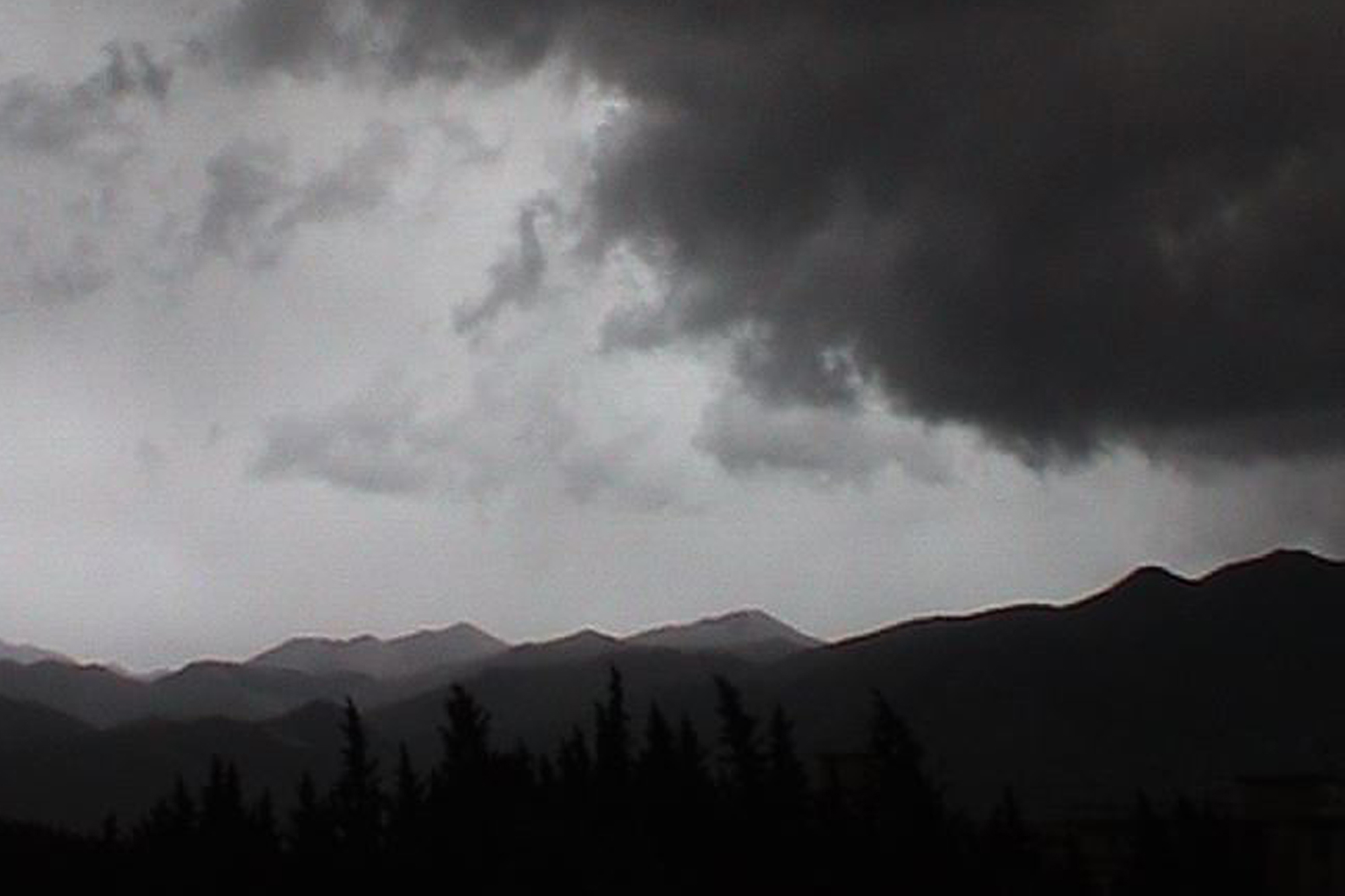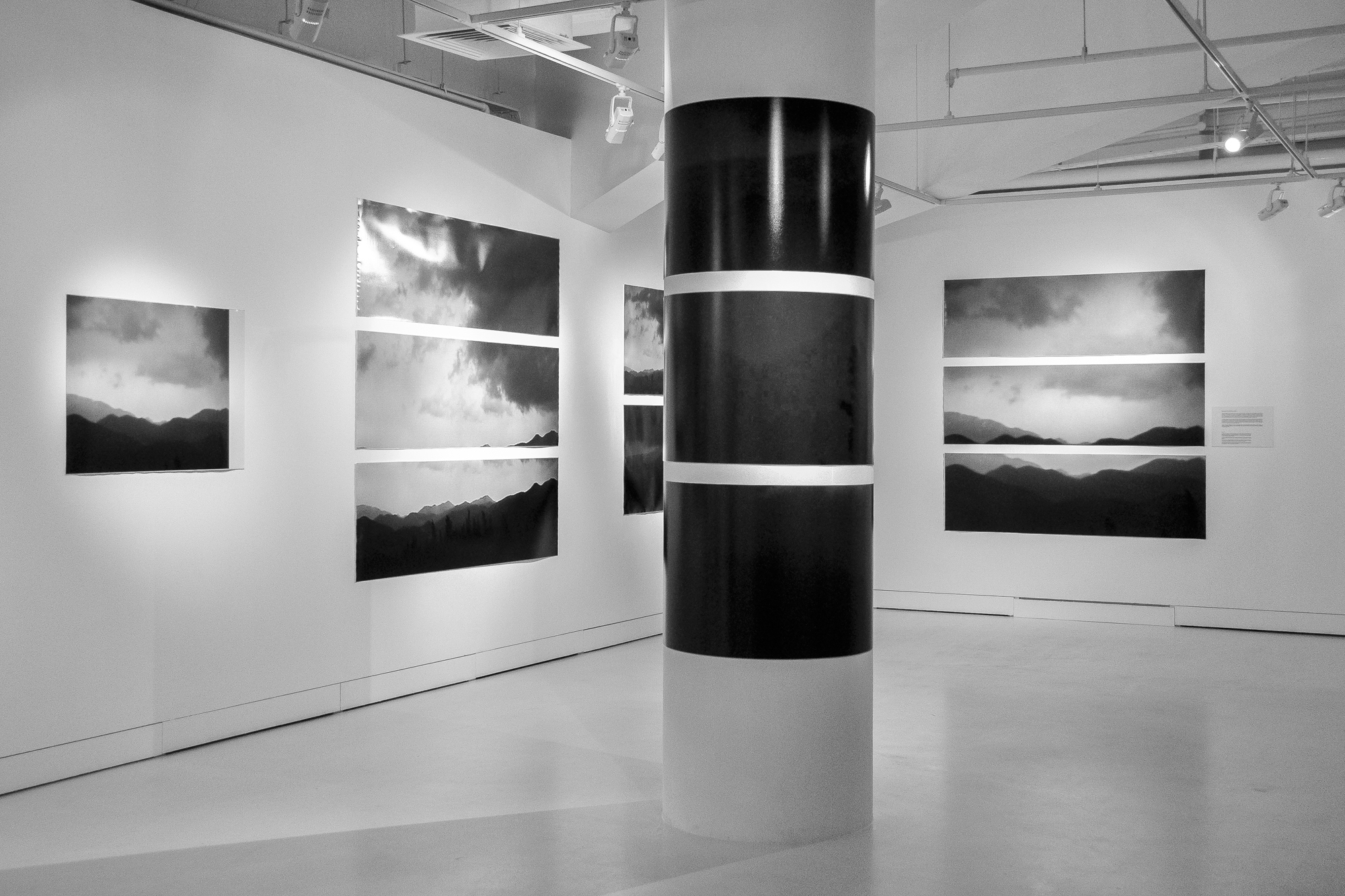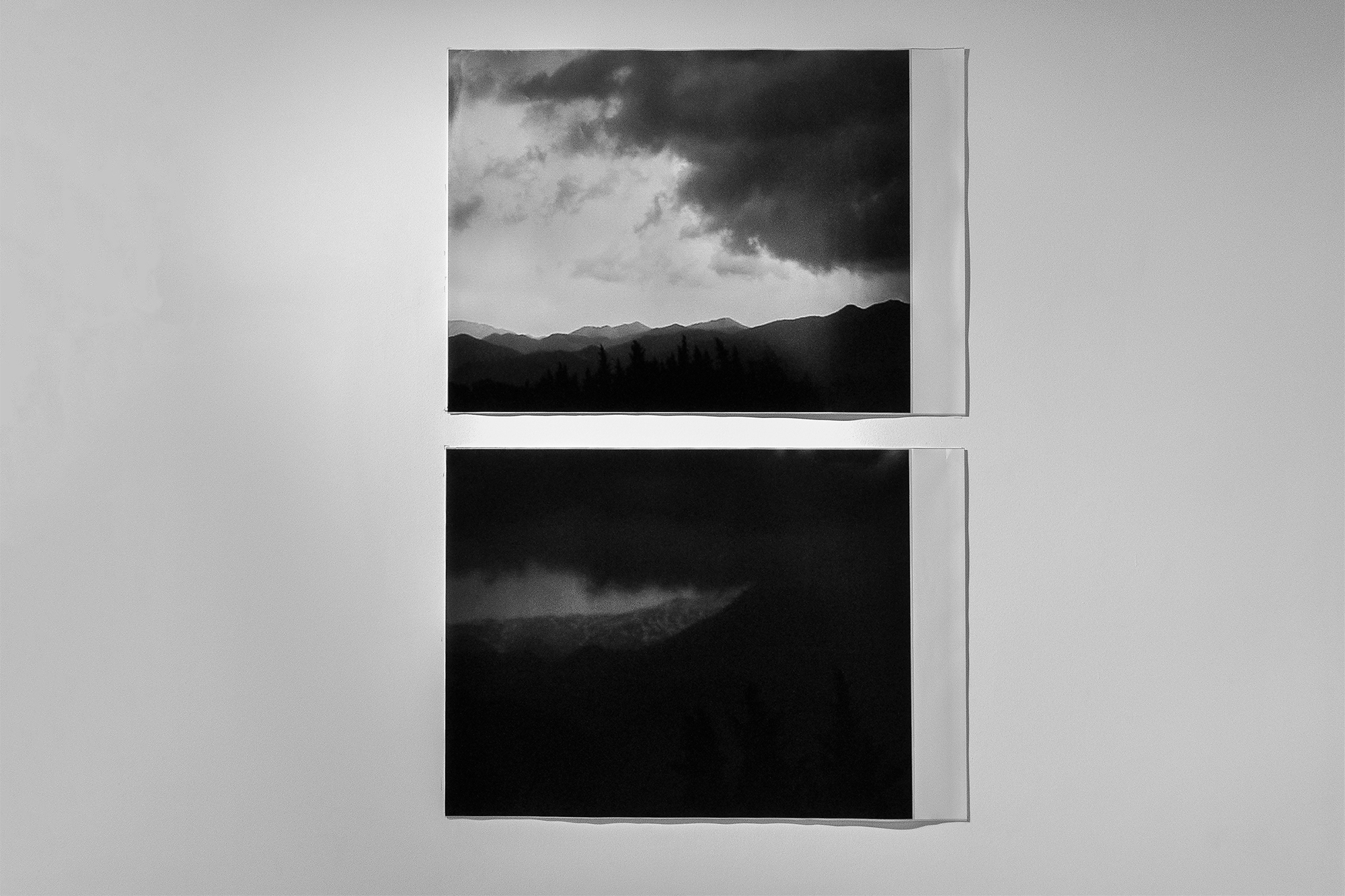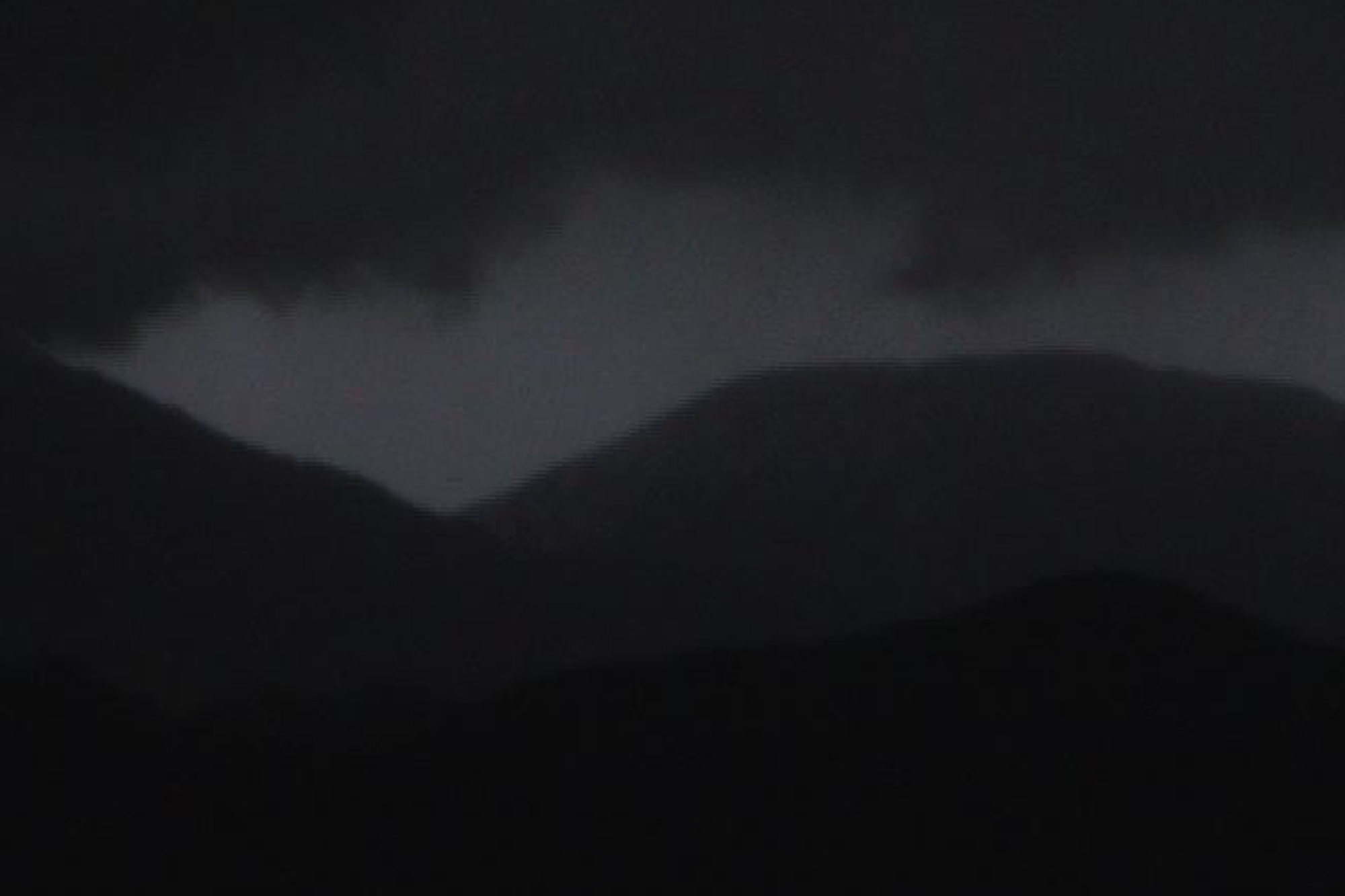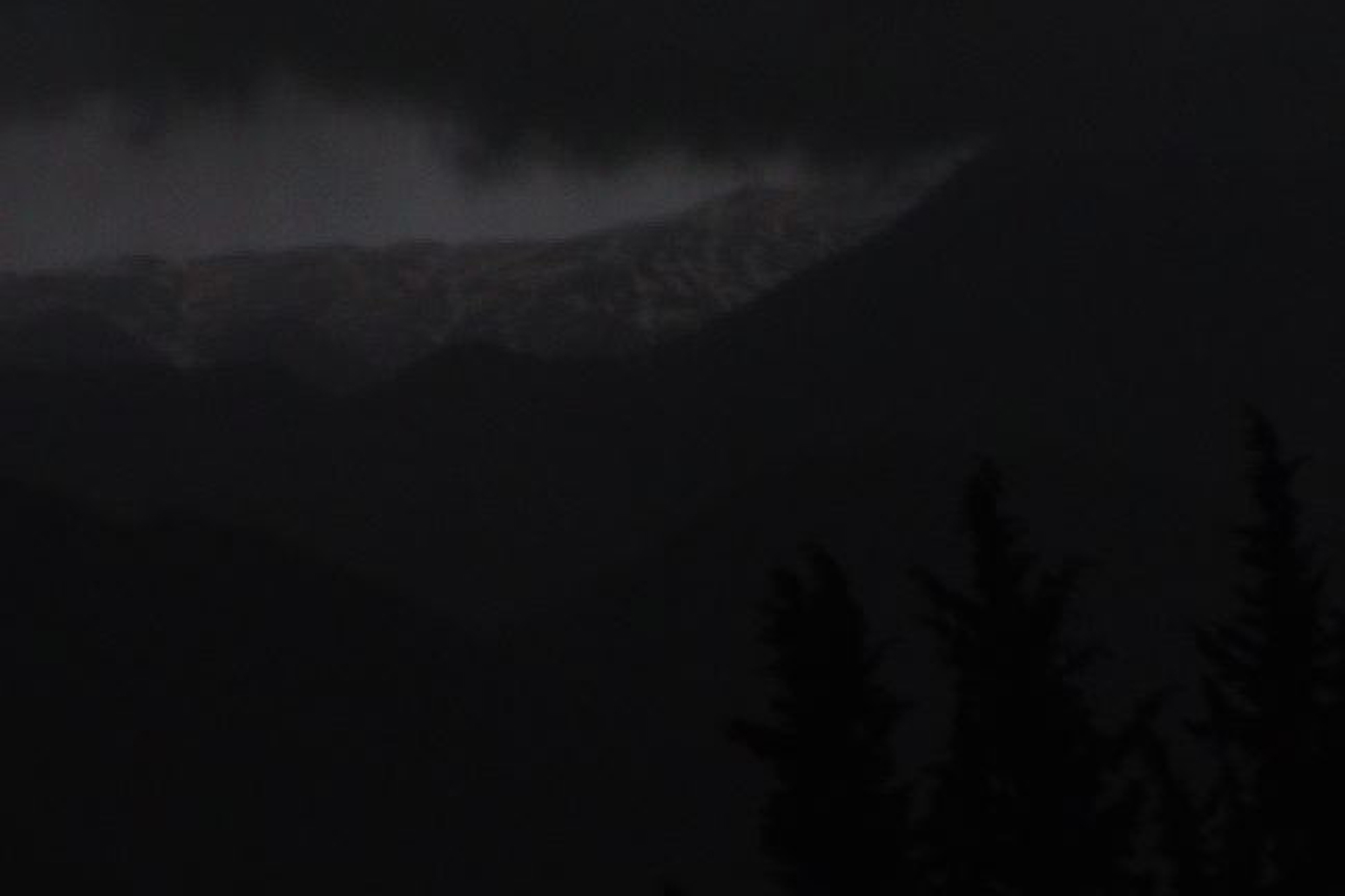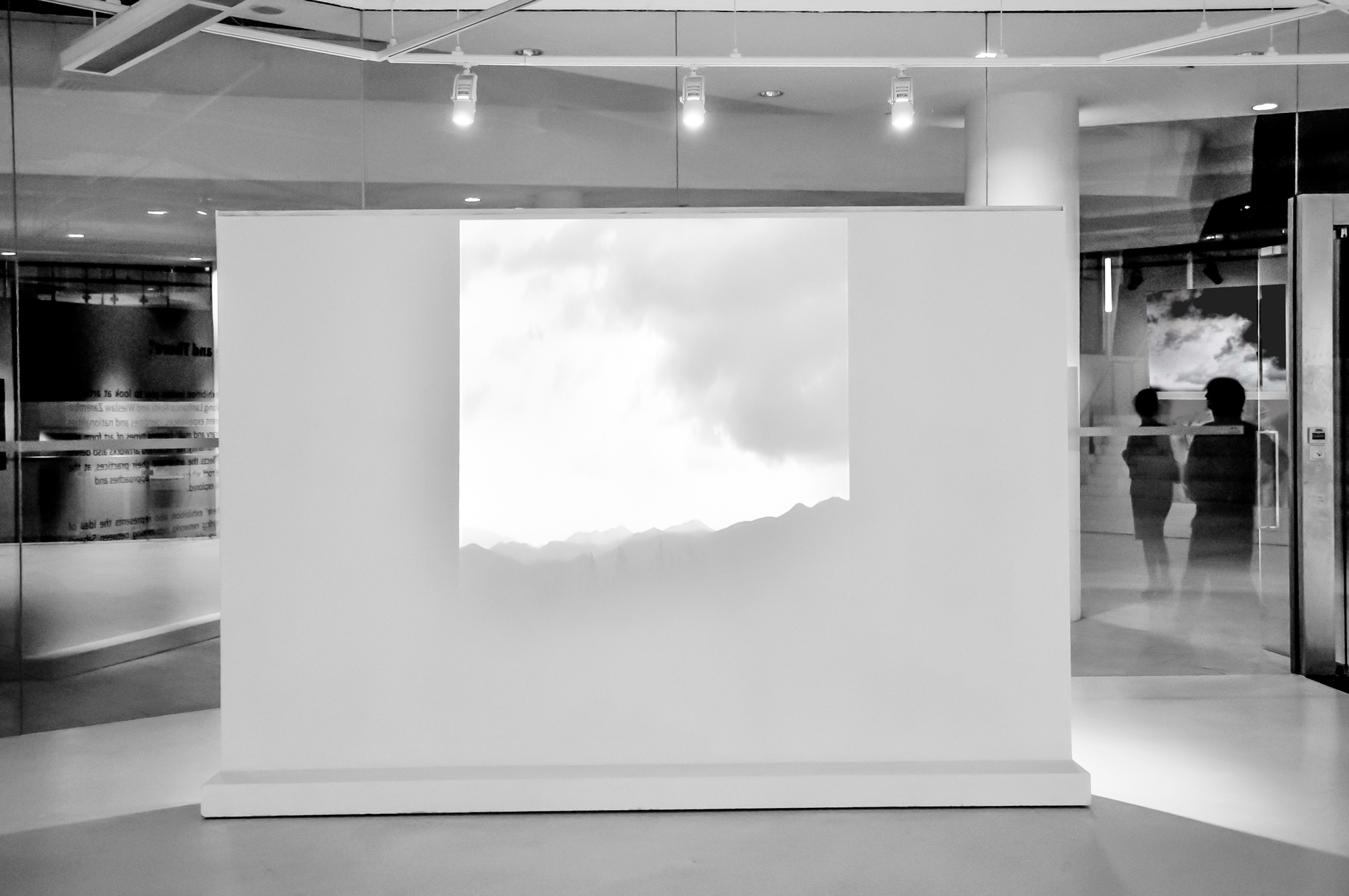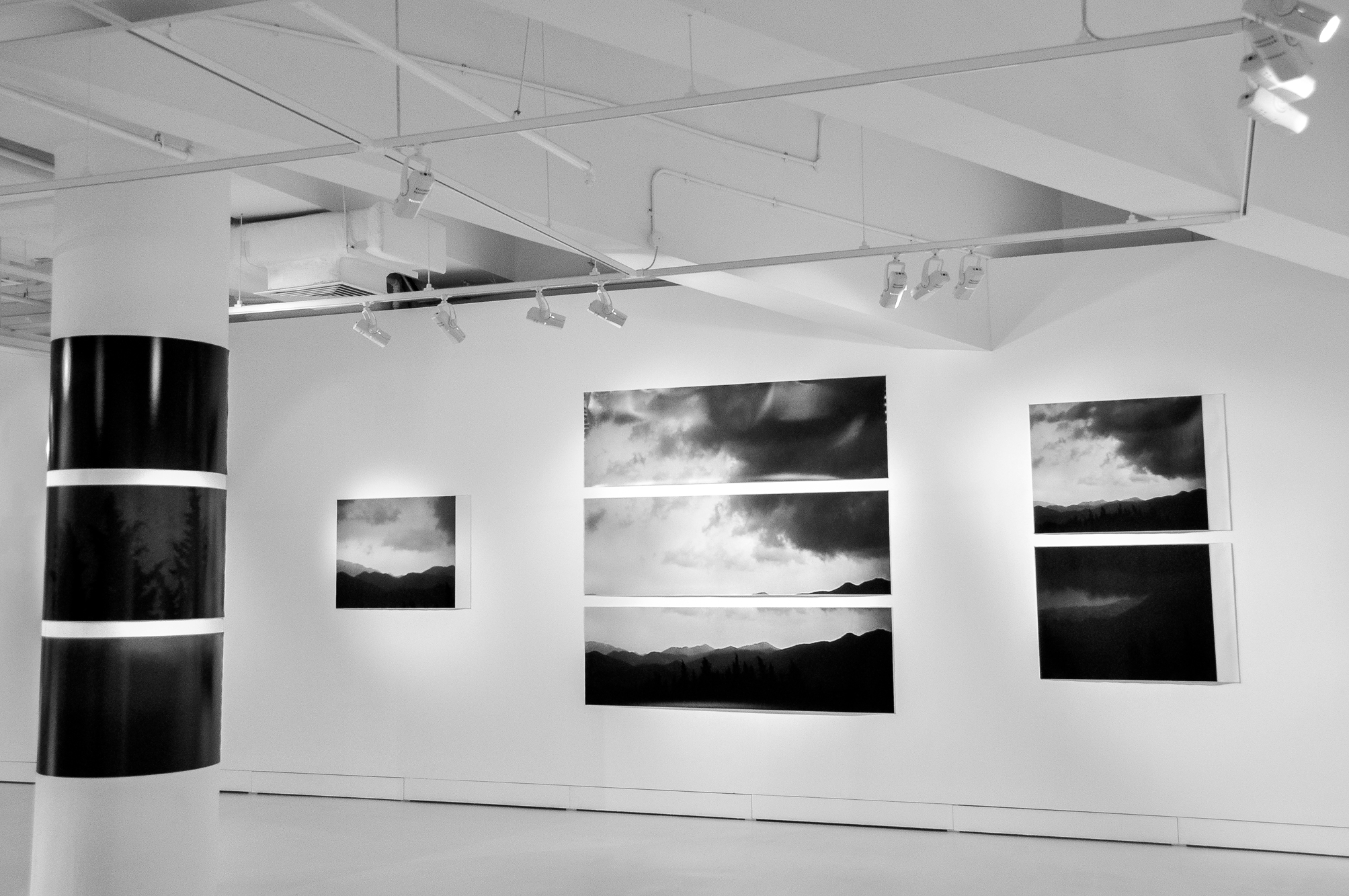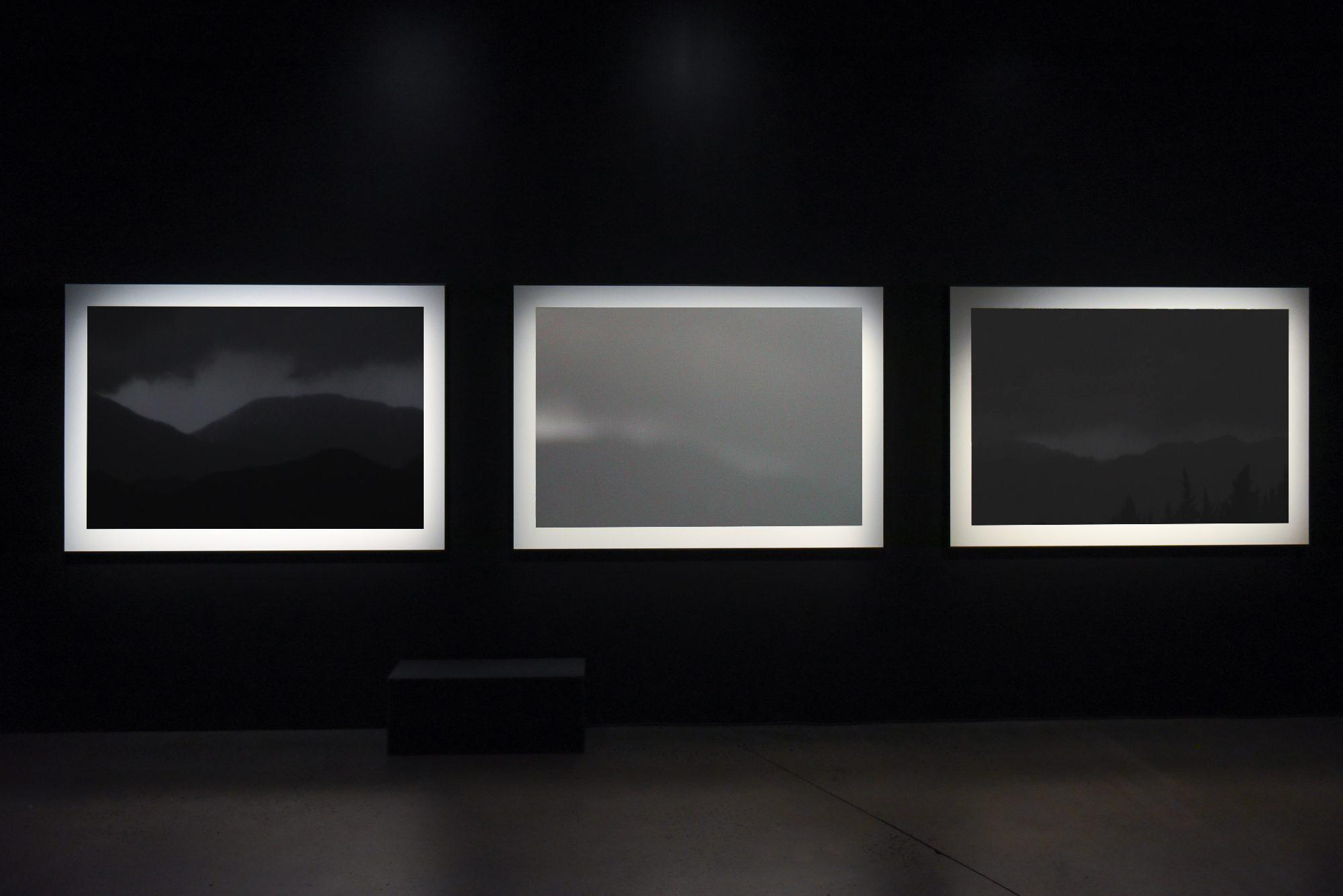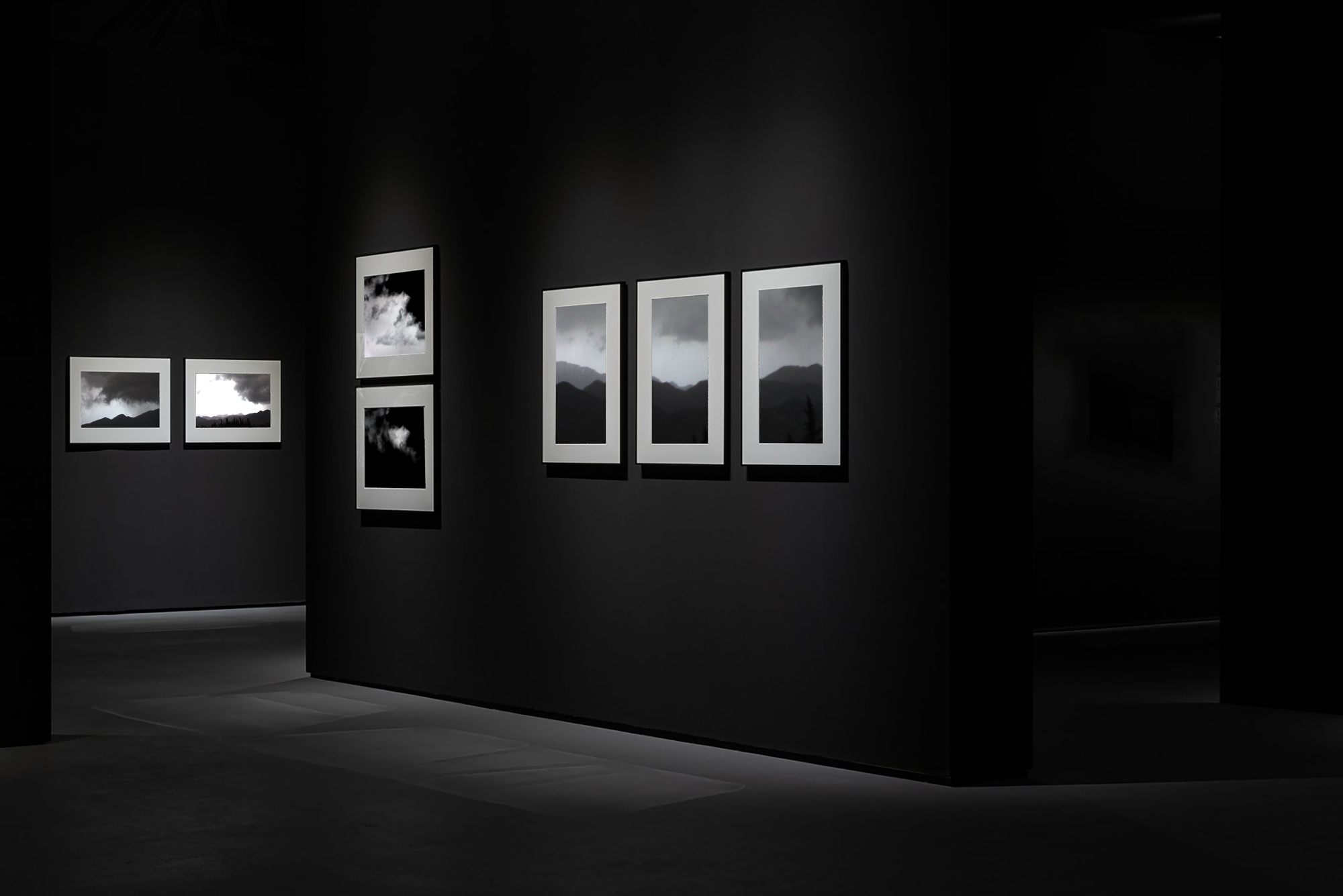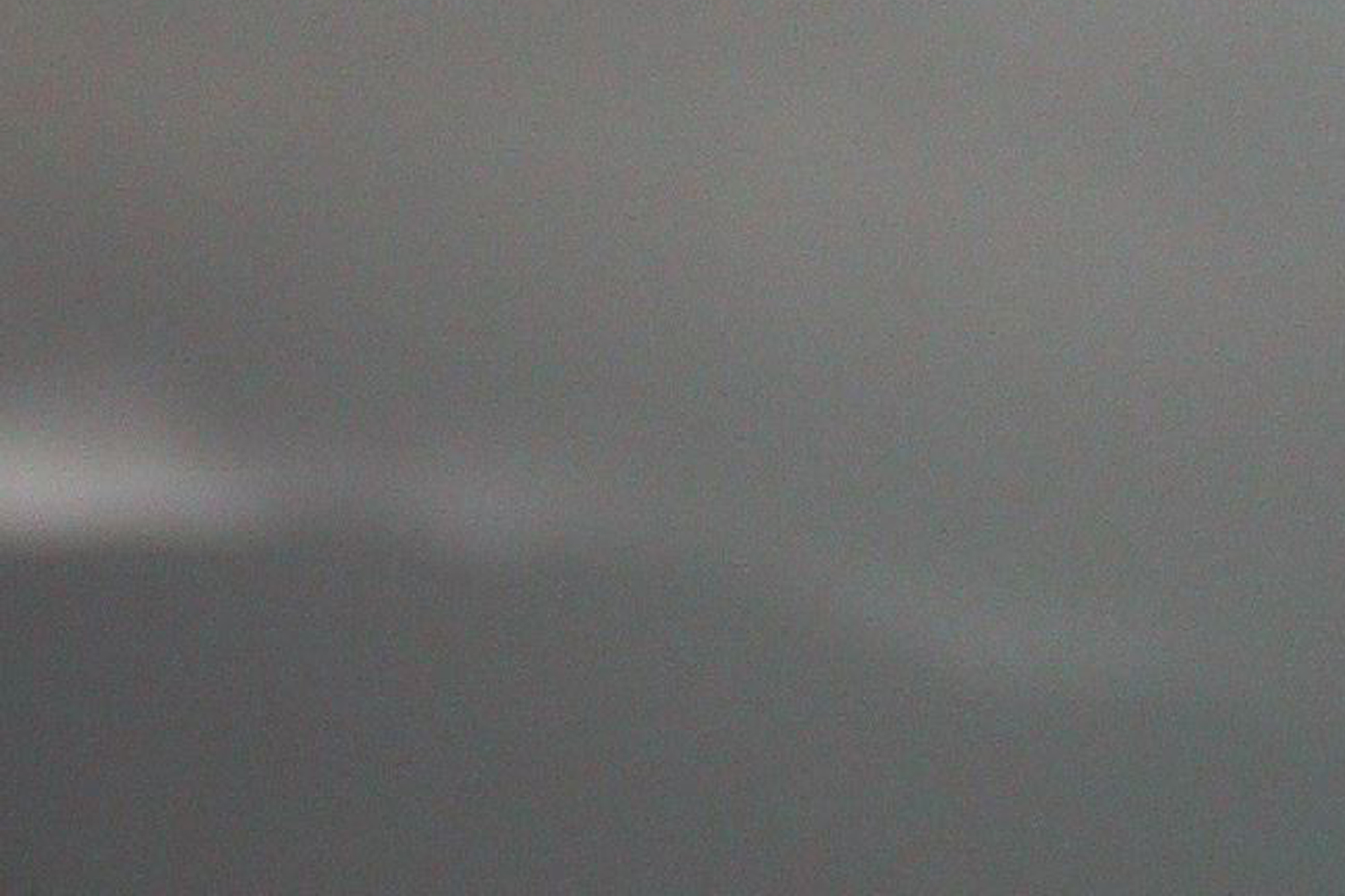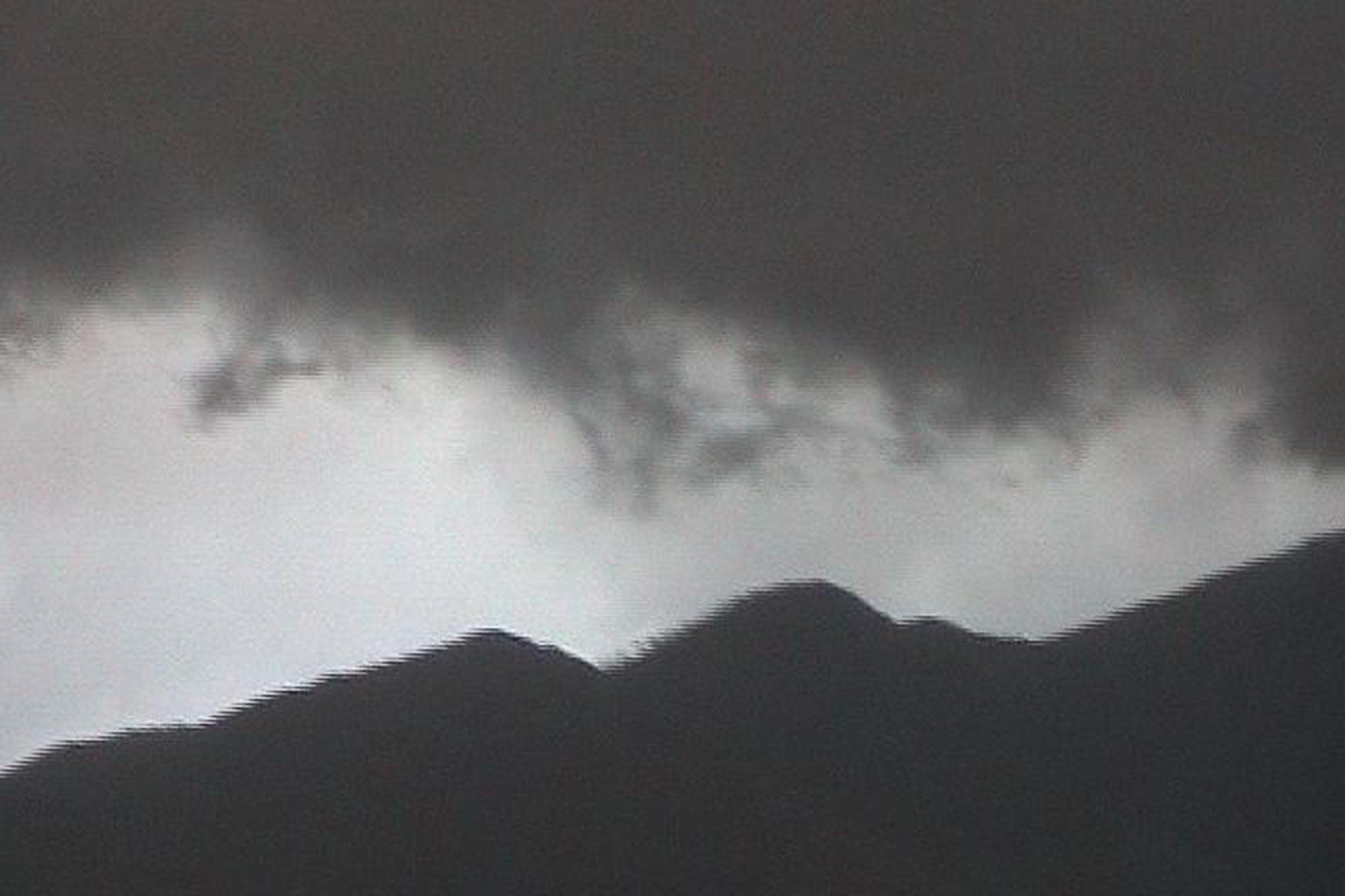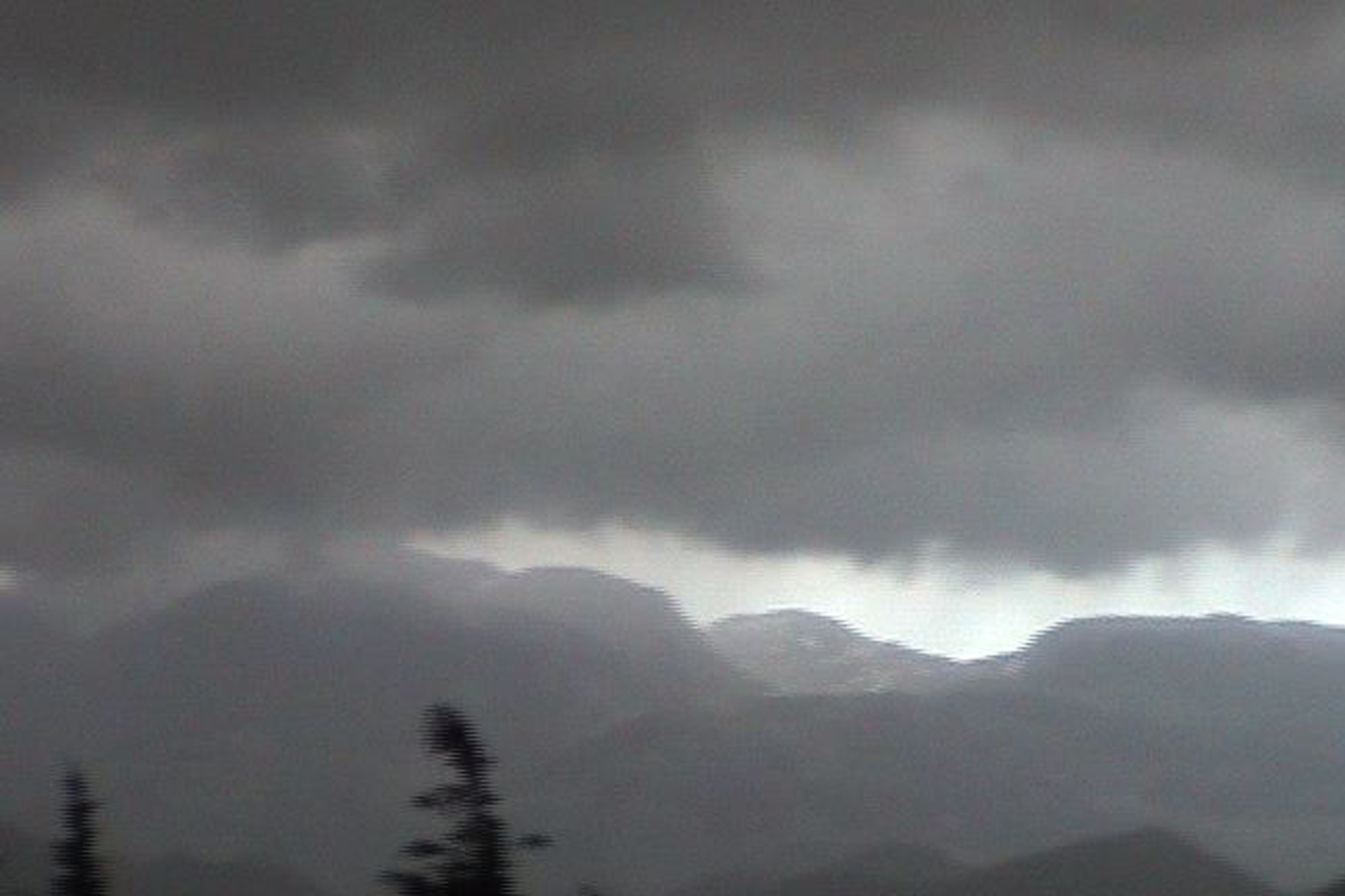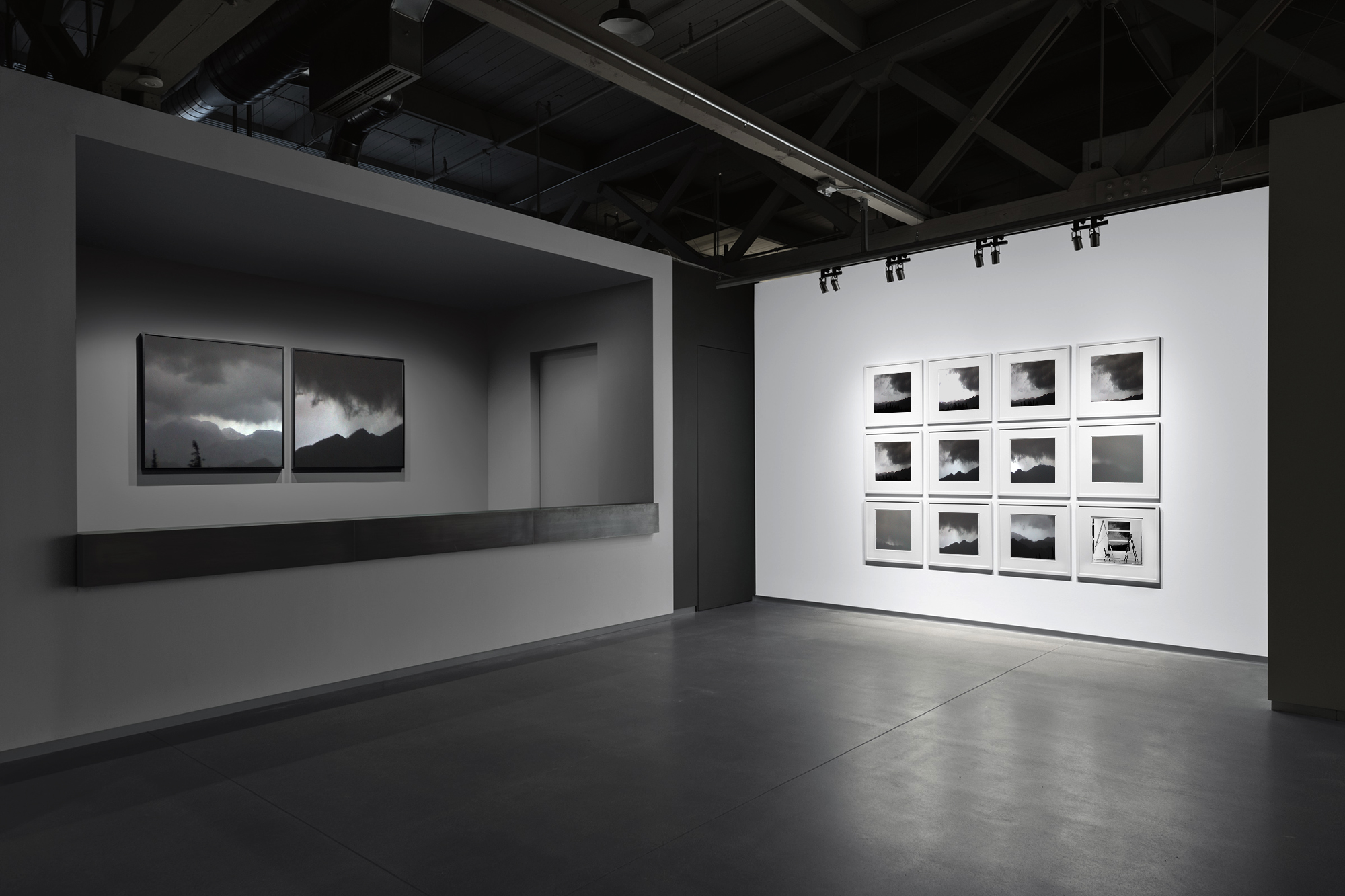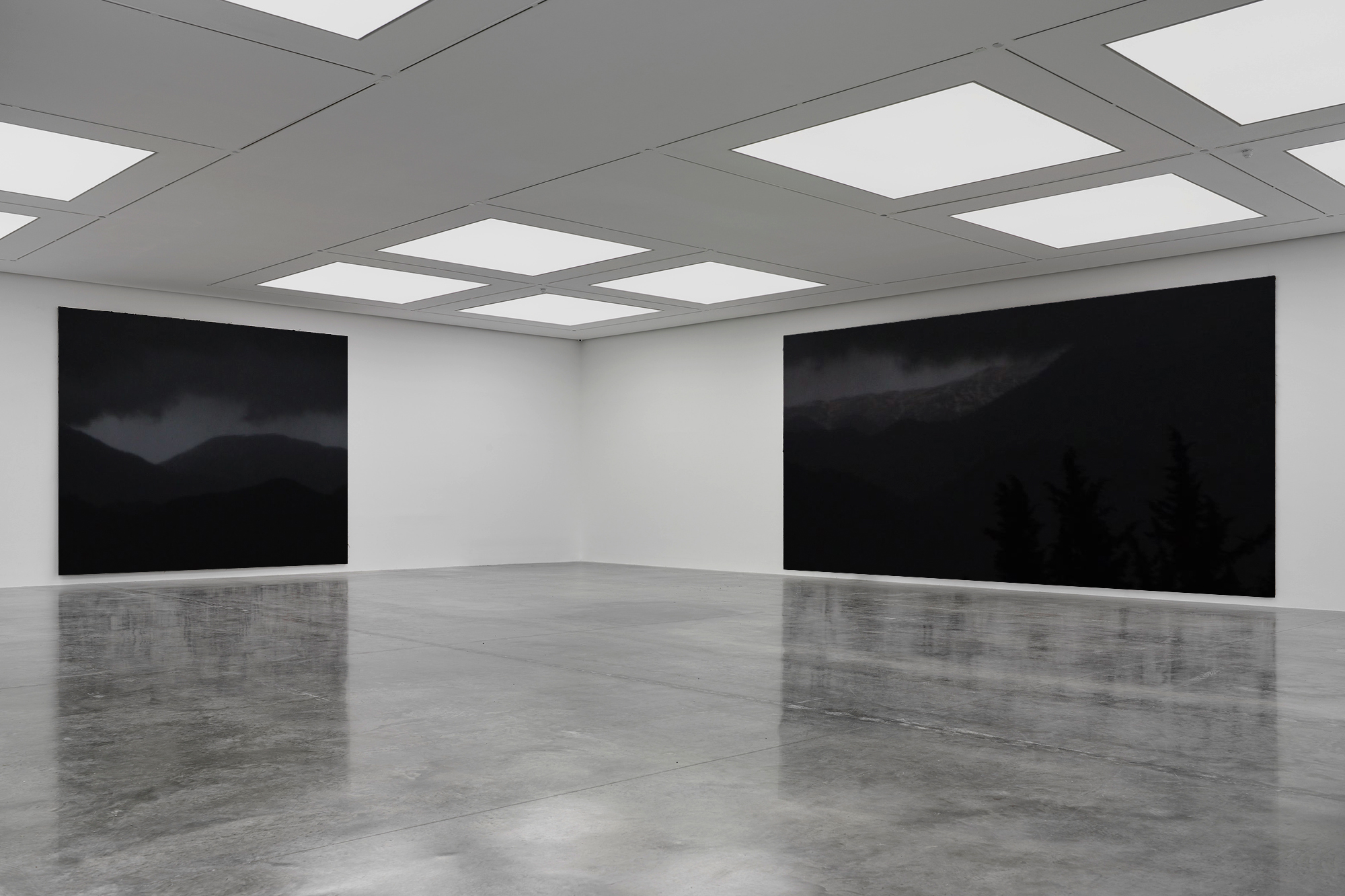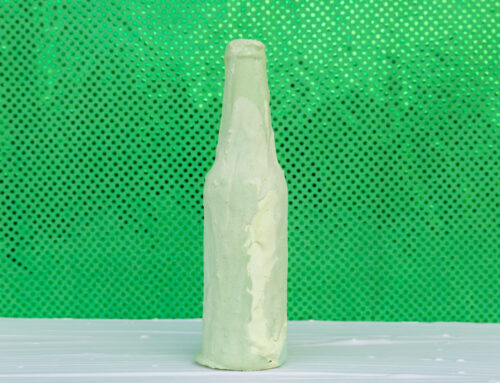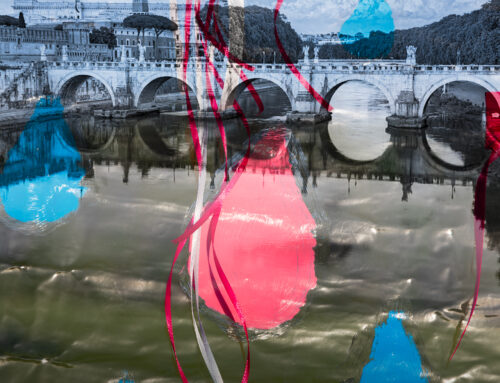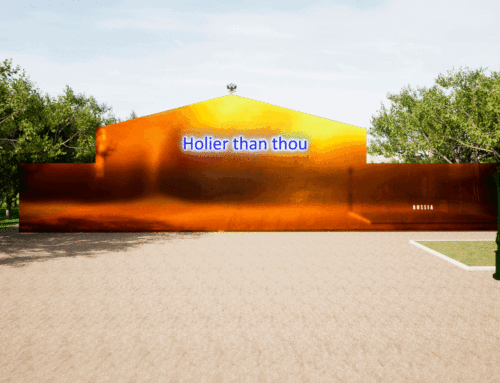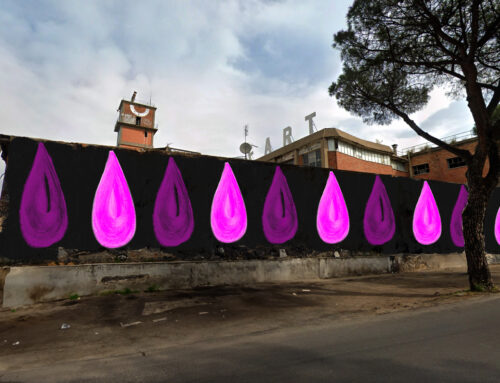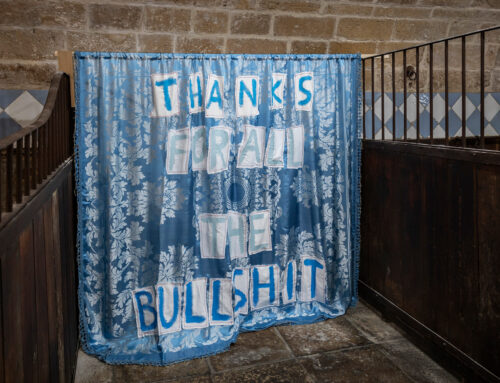“STAND YOUR GROUND, THE STORM IS COMING.”
LANFRANCO ACETI
In the late 1990s Lanfranco Aceti decided to work with the metaphor of the storm, not just as a representation of weather or wether bad things would come, but as an exegesis of personal intuitions and feelings. The works of art, which can be best defined as mix media, were exhibited in the Earl Lu Gallery in Singapore and other international venues. Some of the works of art are now in private collections. From time to time the artist keeps revisiting this series, creating new versions and developing new ideas on the metaphor of weather and contemporary socio-political systems. The Storm, inspired by Turner’s landscapes and rendered through transmediated digital formats, is the representation of incumbent and unpredictable events.
Image captions:
Lanfranco Aceti, The Political Storm, 2010. Installation at the Earl Lu Gallery, Singapore.
Lanfranco Aceti, The Political Storm, 2010. Installation at the Earl Lu Gallery, Singapore.
Lanfranco Aceti, The Political Storm, 2010. Installation at the Earl Lu Gallery, Singapore.
Lanfranco Aceti, The Political Storm, 2002. Print. Dimensions: 56 cm x 85 cm.
Lanfranco Aceti, Hopes Are Fading Away, 2002. Print. Dimensions: 56 cm x 85 cm.
Lanfranco Aceti, You Kill Me, 2002. Print. Dimensions: 56 cm x 85 cm.
Lanfranco Aceti, The Storm, 2002. Video installation at the Earl Lu Gallery, 2010.
Lanfranco Aceti, The Political Storm, 2010. Installation at the Earl Lu Gallery, Singapore.
Lanfranco Aceti, I Can Barely See Democracy, 2002. Print. Dimensions: 56 cm x 85 cm.
Lanfranco Aceti, The Political Storm, 2015. Museum installation.
Lanfranco Aceti, The Political Storm, 2015. Museum installation.
Lanfranco Aceti, Two Alone in the Storm, 2002. Print. Dimensions: 56 cm x 85 cm.
Lanfranco Aceti, Looking Back, 2002. Print. Dimensions: 56 cm x 85 cm.
Lanfranco Aceti, The Political Storm, 2015. Museum installation.
Lanfranco Aceti, The Political Storm, 2019. Gallery installation.

